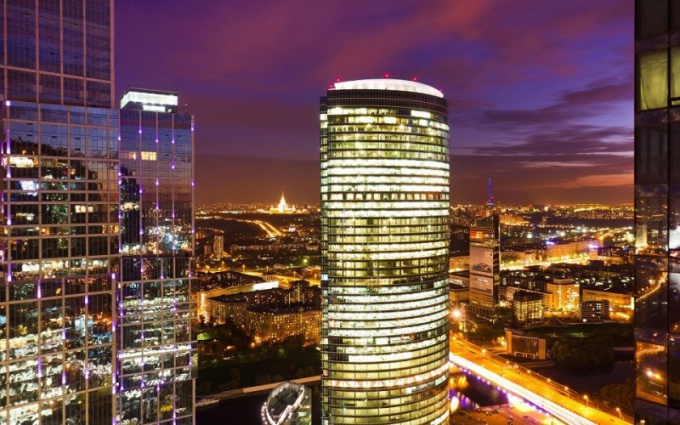The list of million-plus cities of Russia
Cities that can still be called a metropolis, it is the biggest point that attract people with different objectives. Someone is going to learn somebody to work, someone is looking for entertainment, which are not found in smaller cities. Others, by contrast, selling apartments in the big cities and move to small and quiet towns, not to stand in traffic jams, no pushing in the crowd and not breathe exhaust gases.
All cities in Russia are centers of their regions and the two largest of them – Moscow and St. Petersburg have the status of cities, as the population in them is very large.
According to the census of 2010, Russia has 12 cities with populations over a million. Moscow, capital of Russia, its official population of 11.5 million people. Next on the list is St. Petersburg, whose population is equal to 4,880 million people On Novosibirsk, its population of 1,474 million, Yekaterinburg, which has a population of 1,350 million people, Nizhny Novgorod (population 1,251 million), the fifth position in Kazan (population 1,144 million), followed by Samara with a population of 1.165 million people Omsk (population 1,154 million), Chelyabinsk (population: 1,130 million), Rostov-on-don (population 1,089 million), Ufa (population 1,062 million) and closes the list of Volgograd, whose population is 1,012 million people.
Not so long ago a million was a Perm and Volgograd, but their population fell below a million. It also has three city whose population is close to a million, but not up to it: this is Krasnoyarsk, Voronezh and Saratov.
Interestingly, the number of cities in Russia has been steadily declining. Of all the above in one city there is no positive natural dynamics. This means that fertility in each of them below the level of mortality. But the population of some cities is still growing due to immigration.
Saint Petersburg
Petersburg was the first city-millionaire in Russia. Its population has exceeded this mark in about 1890. A significant increase in the number of residents in Petersburg, as in other Russian cities, happened due to the abolition of serfdom and subsequent reforms. Shortly before this date, in 1858, the population of St. Petersburg amounted to 520 thousand people, which is almost half. By 1917 the town's population increased to 2.4 million residents, but the subsequent events (the revolution, the transfer of the capital to Moscow, white emigration and others) has led to the fact that in 1920, in Petersburg, there were only about 722 thousand. During the NEP, the population again rose to 3.25 million people, but during the second world war, the blockade and the evacuation led to its decline by almost 1 million On the city's population only increased, and it lasted until the 90-ies. Since then, the situation is somewhat unstable.
Moscow
Moscow has become megacities around 1897, its population grew rapidly and by 1917 had already made 1.9 million people. At this time the city is still inferior to Petersburg in size. But then in Moscow was transferred to the capital, and its population has experienced such surges, as in Petersburg. It has increased steadily smooth, though rapid, pace.
